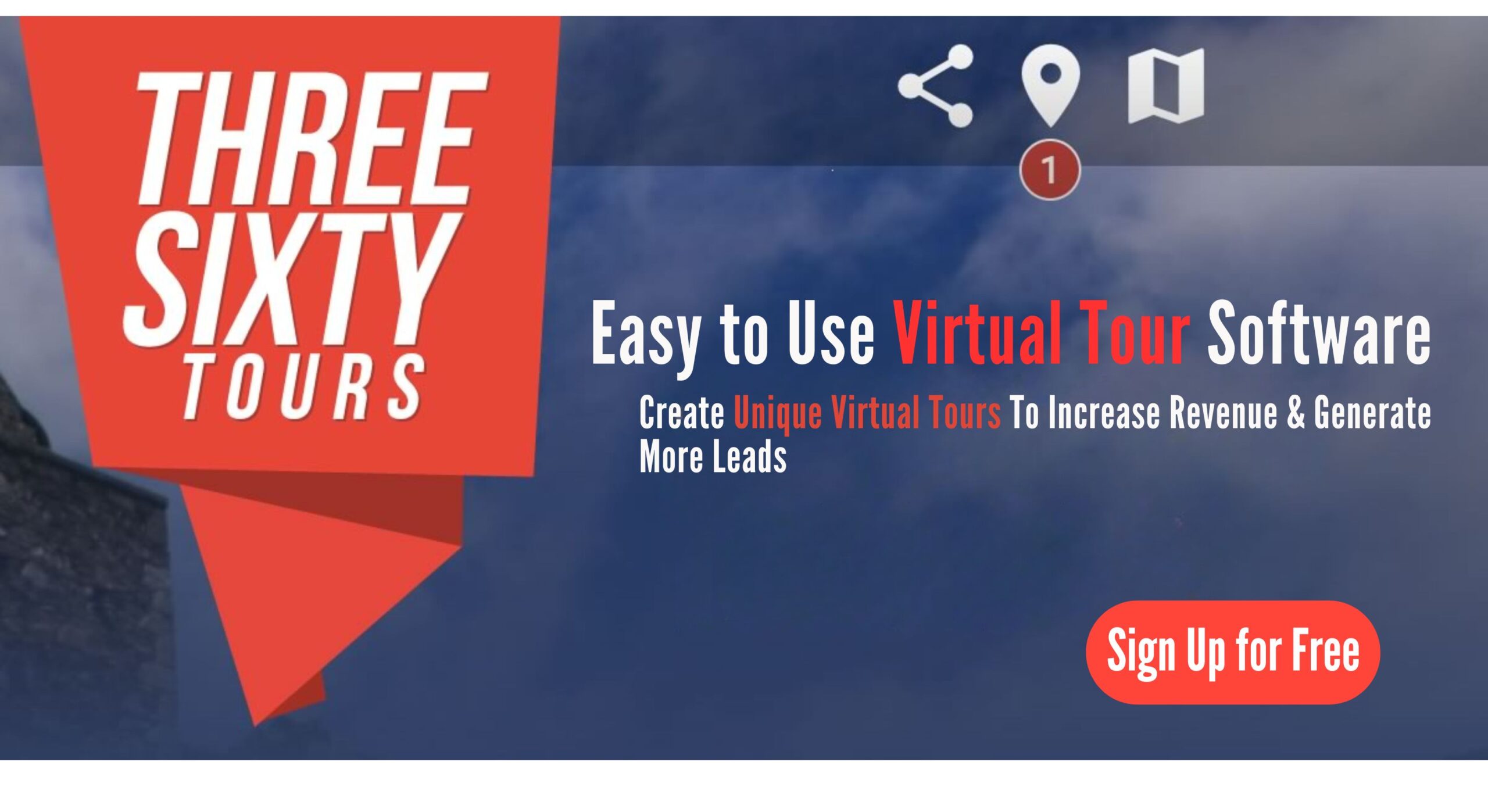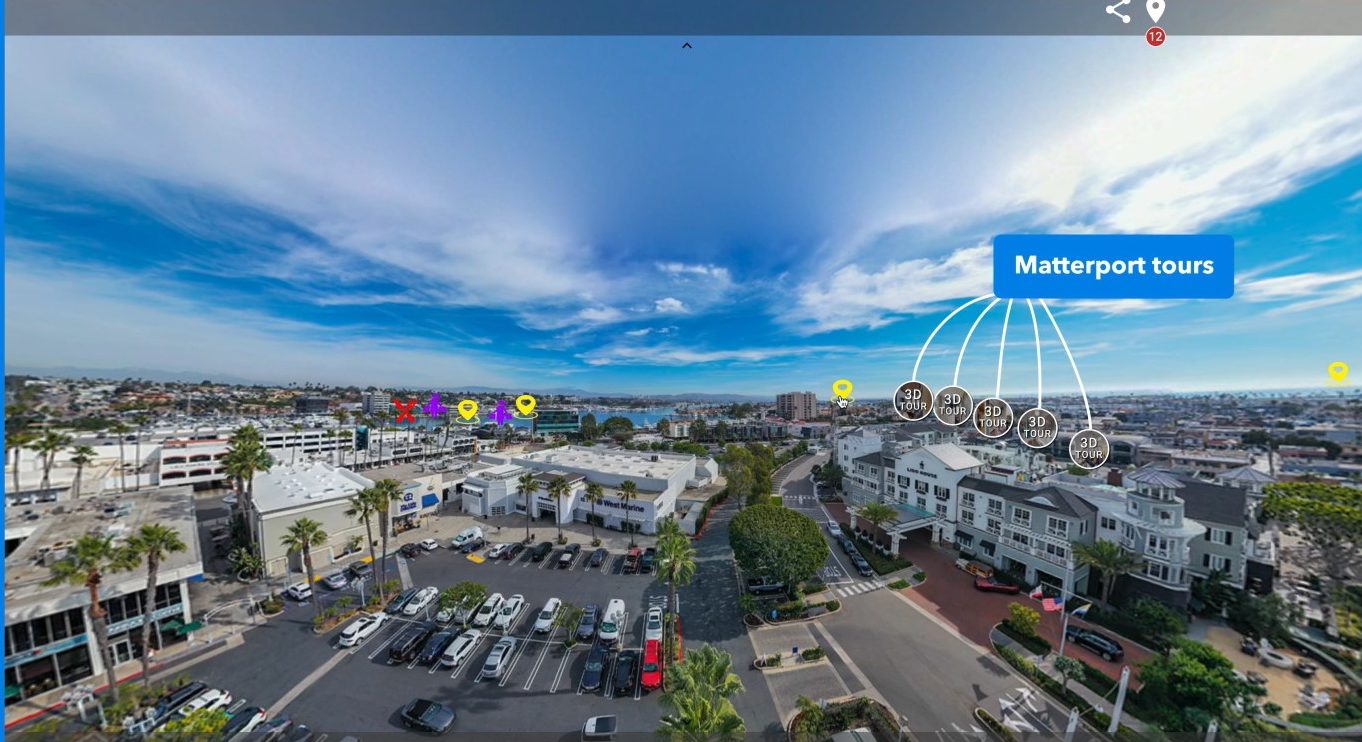virtual tour camera
Virtual Tour Camera: The Ultimate Guide for Photographers and Real Estate Agents
In today’s digital-first world, virtual tours have become a game-changer for real estate agents, photographers, and businesses. A virtual tour camera is the key tool behind this innovation, allowing users to capture high-quality 360-degree images that give viewers an immersive experience.
Whether you’re a real estate professional showcasing properties or a photographer looking to expand your creative services, choosing the right virtual tour camera is essential. In this guide, we’ll break down everything you need to know—from camera features and types to practical applications and best practices.
Looking for an easy way to create and host virtual tours? Check out Threesixty.tours to get started today!
I. Introduction
A. What is a Virtual Tour Camera?
A virtual tour camera is a specialized device that captures 360-degree panoramic images or videos. These images are stitched together to create an interactive tour, allowing viewers to explore a space as if they were physically there.
Most virtual tour cameras use dual fisheye lenses or multiple sensors to capture a full spherical view. This makes them an essential tool for industries like real estate, tourism, hospitality, and education.
B. Why Virtual Tours Matter Today
Virtual tours have changed the way businesses showcase spaces. In real estate, they help buyers explore properties remotely, saving time and making decisions easier. Photographers can offer immersive content to clients, expanding their services.
Beyond real estate, industries like hospitality and education use virtual tours to enhance engagement. Hotels offer virtual room previews, and schools provide online campus tours. The impact of virtual tours is growing, making them a must-have marketing tool.
C. What You’ll Learn in This Guide
In this guide, we’ll cover:
- Key features of virtual tour cameras
- Types of cameras and their best uses
- How to create high-quality virtual tours
- Tips for sharing and promoting tours
By the end, you’ll know exactly how to choose the best virtual tour camera and use it effectively. Plus, we’ll show you how Threesixty.tours makes creating and hosting virtual tours effortless.
II. Features of Virtual Tour Cameras
A. Resolution and Image Quality
1. Why High Resolution Matters
Image quality is everything in virtual tours. A higher resolution means sharper, more detailed images, which makes the experience more immersive.
For real estate agents, clear visuals make listings more attractive. For photographers, professional-grade quality helps stand out in a competitive market. Cameras with 4K resolution or higher are ideal for stunning virtual tours.
2. 360-Degree vs. Traditional Lenses
Unlike traditional cameras, 360-degree cameras capture a full panoramic view in one shot. Traditional wide-angle lenses can be used for virtual tours, but they require manual stitching in post-processing, which is time-consuming.
360-degree cameras simplify the process, making them the best choice for professionals who need efficiency and quality.
B. Design and Portability
1. Compact and Easy-to-Use Cameras
Virtual tour cameras come in various sizes. Many are designed to be lightweight and portable, making them perfect for photographers and real estate agents who need to travel.
2. Lightweight Options for On-the-Go Professionals
If you’re constantly moving between properties or locations, a portable camera is essential. Many top models are built with lightweight materials, ensuring mobility without sacrificing quality.
C. Connectivity and Software Integration
1. Wi-Fi and Bluetooth for Instant Sharing
Modern virtual tour cameras come with Wi-Fi and Bluetooth capabilities. This allows you to transfer images and videos directly to your smartphone or computer, making it easy to upload content on the go.
For real estate agents, this means you can quickly add virtual tours to listings without extra steps.
2. Integration with Editing and Hosting Platforms
A great virtual tour camera should work seamlessly with editing and hosting platforms. Software like Threesixty.tours lets you enhance your tours with interactive elements, branding, and easy sharing options.
III. Types of Virtual Tour Cameras
A. Consumer-Grade Cameras
1. Best Budget-Friendly Cameras
Consumer-grade virtual tour cameras are affordable and easy to use. Some of the most popular models include:
- Ricoh Theta X – Compact, high-resolution, and beginner-friendly.
- Insta360 One X2 – Excellent stabilization with AI-powered editing.
- GoPro Max – Durable and versatile for various environments.
2. Who Should Use Consumer-Grade Cameras?
These cameras are perfect for:
- Real estate agents who need quick, high-quality virtual tours.
- Travel bloggers capturing immersive experiences.
- Small business owners showcasing their spaces online.
B. Professional-Grade Cameras
1. High-End Features for Business Use
Professional-grade cameras offer superior image quality, advanced stabilization, and customizable settings. Top models include:
- Matterport Pro2 – Ultra-high resolution, ideal for real estate.
- Insta360 Titan – 11K resolution for next-level virtual tours.
2. Cost vs. Benefits
While professional cameras are more expensive, they provide exceptional image quality and advanced features that justify the investment. If you’re serious about virtual tours, a high-end camera can boost engagement and increase sales.
C. Must-Have Accessories
1. Tripods and Mounts
A tripod ensures stability and prevents distortion. Motorized mounts allow for smooth panoramic shots.
2. Editing and Hosting Software
Platforms like Threesixty.tours provide easy-to-use tools for creating and sharing virtual tours.
IV. Applications of Virtual Tour Cameras
A. Real Estate Marketing
Virtual tours help real estate agents showcase properties more effectively. Buyers can explore homes remotely, saving time for both agents and clients.
B. Educational Tools
Schools, museums, and universities use virtual tours to create immersive learning experiences. This makes education more engaging and accessible.
C. Travel and Tourism
Tourism boards and travel companies use virtual tours to attract visitors and offer remote previews of destinations.
V. Tips for Using a Virtual Tour Camera
A. Setting Up for the Best Shots
Choose a well-lit location and ensure the space is clean and staged. Proper setup makes a huge difference in image quality.
B. Capturing High-Quality Virtual Tours
- Use a tripod for stability.
- Frame shots carefully to avoid obstructions.
- Edit and enhance your images for a polished look.
C. Sharing and Promoting Your Virtual Tours
Maximize engagement by sharing your tours on:
- Real estate websites
- Social media platforms
- Threesixty.tours for professional hosting
VI. Conclusion
Virtual tour cameras have transformed the way we showcase spaces. Whether you’re a real estate agent looking to sell homes faster or a photographer expanding your services, this technology is a game-changer.
Investing in the right camera and tools ensures you stay ahead in the digital landscape. Ready to create immersive virtual tours? Start today with Threesixty.tours!


